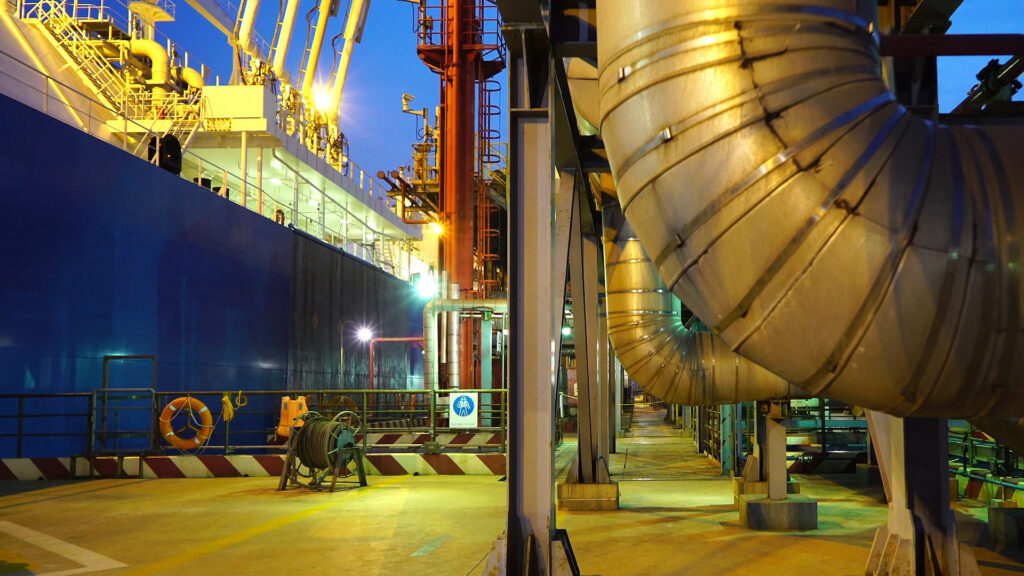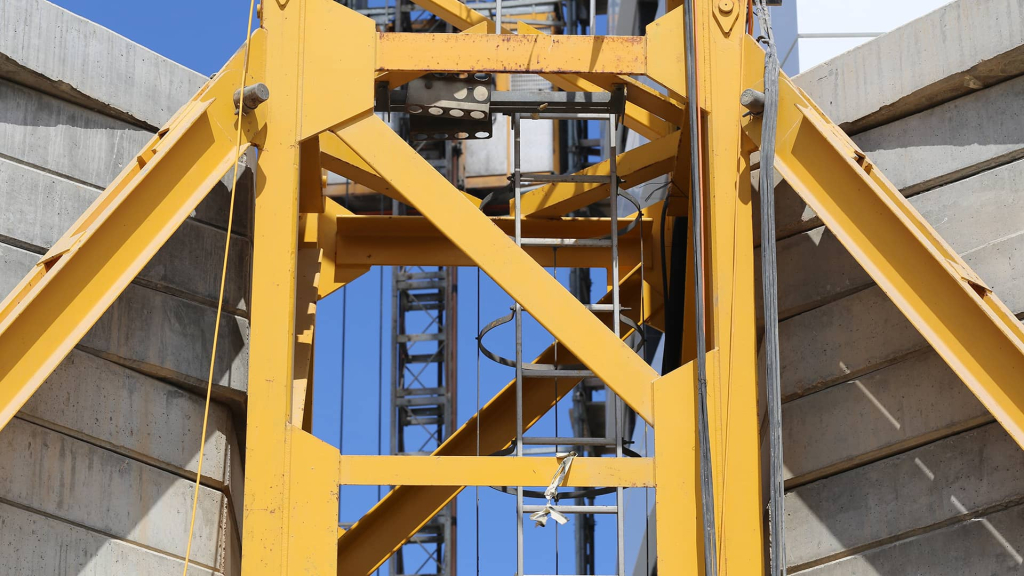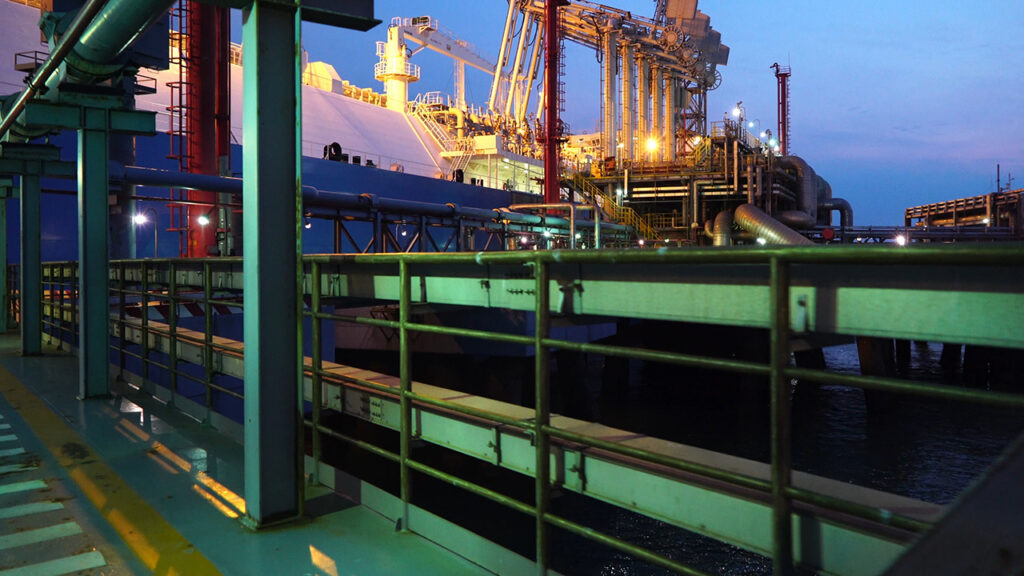The UNFCCCs Durban platform explained
Negotiations at the UN climate conference in Durban (December 2011) ended with 195 countries pledging to negotiate a new international climate treaty by 2015. The “Durban Platform” also formally provides for a second commitment period of the Kyoto Protocol and the launch of the Green Climate Fund to distribute the US$100 million in assistance pledged by developed nations to assist developing nations with mitigation efforts. Whilst EU representatives applauded the Durban Platform as an historic breakthrough in the fight against climate change, the agreement has received mixed reactions from politicians, green groups and climate change experts.
The Durban Platform sets out a process by which all parties to the UN Climate Change Convention will commit to a new international agreement with legal force to reduce greenhouse gas emissions. The agreement (to be formalised by 2015 and take effect from 2020) will bind major developing economies such as India, China and Brazil to emissions reduction commitments for the first time.
The agreed second commitment period to the Kyoto Protocol will begin in 2013 and will avoid a gap in reduction commitments that could have arisen when the current phase of the Kyoto Protocol expires at the end of 2012. The parties that signed up to the Kyoto extension must commit to firm emission reduction targets by next year. They must also decide by next year whether the second commitment period will last until 2017 or 2020 and whether surplus emission rights from the first commitment period will be eligible for carry-over into the second period.
The Durban Platform in effect secures the future of the Clean Development Mechanism (“CDM”). From 2012, the EU Emissions Trading Scheme will only allow CDM credits from projects registered in the least developed nations. However, the restriction will only come into force if no acceptable international agreement is developed for emission reduction targets by other major economies. Doubts remain as to whether the Durban Platform will be considered a sufficient ‘international agreement’ to prevent the EU restriction from coming into force. The Durban Platform did not extend the Joint Implementation mechanism as the parties postponed a decision on whether to allow emission reduction projects to earn offsets after 2012
The Durban Platform also commits parties to formulate a new market mechanism under the 2015 agreement, although new rules for this mechanism will not be developed until next year. The mechanisms will operate under the UNFCCC Conference of the Parties and will take into account the different circumstances of developed and developing nations.
Although securing an extension to Kyoto has been hailed as a key success of Durban, the effectiveness of the extension has been questioned as Canada, Russia and Japan did not sign up to new targets under the second Kyoto commitment period. Combined with the US, which has never ratified the Kyoto Protocol, countries responsible for 85% of emissions are not legally bound to cut emissions until the next decade.
There is also considerable debate over the legal status of the international agreement that is to be negotiated by 2015. An early draft of the Durban Platform used the phrase “legal instrument” to describe the 2015 agreement, while a later version used the weaker terminology “protocol, another legal instrument or legal outcome”. The parties ultimately agreed to produce an “outcome with legal force”. However, what this phrase actually means has yet to be decided and many parties acknowledge that individual countries are likely to have their own interpretations that will be heavily influenced by domestic political developments. Thus, there is the risk of future negotiations being stymied by arguments over the meaning of “outcome with legal force”.
Although the Durban Platform is a firm commitment by both developed and developing nations to enter into an international climate agreement with legal force, the details of the action to be taken have not yet been agreed and considerable uncertainty remains regarding the content and extent of a new deal. In light of these uncertainties, it is widely expected that the Durban Platform will have little short-term impact on the EU’s Emissions Trading Scheme (“EU ETS”), which has suffered a drastic drop in prices in recent months. However, the Durban Platform provides some increased certainty that the EU ETS will extend beyond the expiry of its third phase in 2020.
The key points of the Durban Platform are as follows:
- Agreement to negotiate a new international climate treaty as an “outcome with legal force” by 2015.
- Provides for a second commitment period for the Kyoto Protocol.
- Effectively secures the future of the Clean Development Mechanism.
- Little short-term impact on the EU’s Emissions Trading Scheme.
For more information, please contact Brian Gordon, Partner, on +44 (0)20 7264 8284 or brian.gordon@hfw.com, or your usual contact at HFW.










